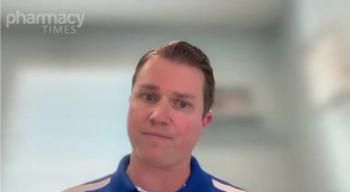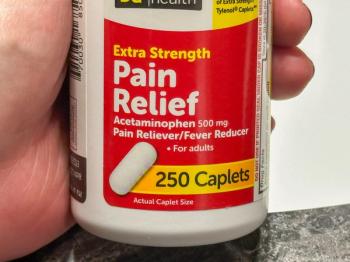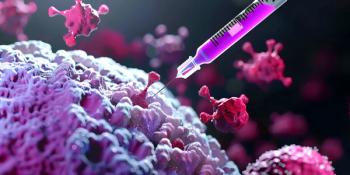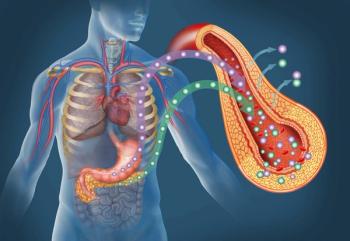
Majority of Brand Spending in the Specialty Category, Reports IMS
Specialty drugs drove spend in 2012 and accounted for almost two-thirds of spending on branded products.
Specialty drugs drove spend in 2012 and accounted for almost two-thirds of spending on branded products.
Overall,
The report found that new drug approvals in 2012 drove spend in the specialty drug category and that specialty medications made up 26.7% of all spend. Almost two-thirds of spending on new branded medications was on specialty products, with $7 billion spent on specialty drugs launched during 2011 or 2012.
The 5 largest drivers of specialty spend were the following products:
- Incivek (telaprevir) for hepatitis C
- Eylea (aflibercept) for wet age-related macular degeneration
- Xgeva (denosumab) for bone metastasis in cancer
- Gilenya (fingolimod) for multiple sclerosis
- Yervoy (ipilimumab) for metastatic melanoma
Total health care spend was largely fueled by a small number of patients with chronic conditions, noted the report. Five percent of patients younger than 65 years under commercial plans were responsible for 51% of total health care costs for all patients under 65 covered by these plans, with the cost for each of these patients averaging nearly $15,684 a year.
The therapeutic class associated with the highest spend was oncologics; $25.9 billion went to this class alone in 2012. Absolute spending growth was highest for antivirals, which included HIV, multiple sclerosis, and autoimmune medications.
Overall health care spending for patients with cancer and other chronic conditions was primarily driven by outpatient costs (64% and 56% of total costs, respectively), whereas patients with autoimmune or other specialty conditions were associated with a larger pharmacy spend (45% of total costs).
Nine new cancer treatments were launched in 2012, the most in over a decade, according to the report. Eighteen of the 29 new molecular entities launched in 2012 had novel mechanisms or were for orphan indications.
In 2013, the FDA began granting Breakthrough Therapy Designations to drugs, which fast tracks their approval process. The breakthrough therapies highlighted in the report include:
- Kalydeco (ivacaftor) for cystic fibrosis
- Xeljanz (tofacitinib) for rheumatoid arthritis
- Erivedge (vismodegib) for skin cancer
- Linzess (linaclotide) for irritable bowel syndrome with constipation
- Truvada (emtricitabine and tenofovir disoproxil fumarate) for HIV (as a PrEP)
- STRIBILD (elvitegravir, cobicistat, emtricitabine, and tenofovir disoproxil fumarate) for HIV
IMS predicts that, over the next few years, new breakthrough products for hepatitis C, multiple sclerosis, cystic fibrosis, and various cancers will be released.
Newsletter
Stay informed on drug updates, treatment guidelines, and pharmacy practice trends—subscribe to Pharmacy Times for weekly clinical insights.














































































































































































































